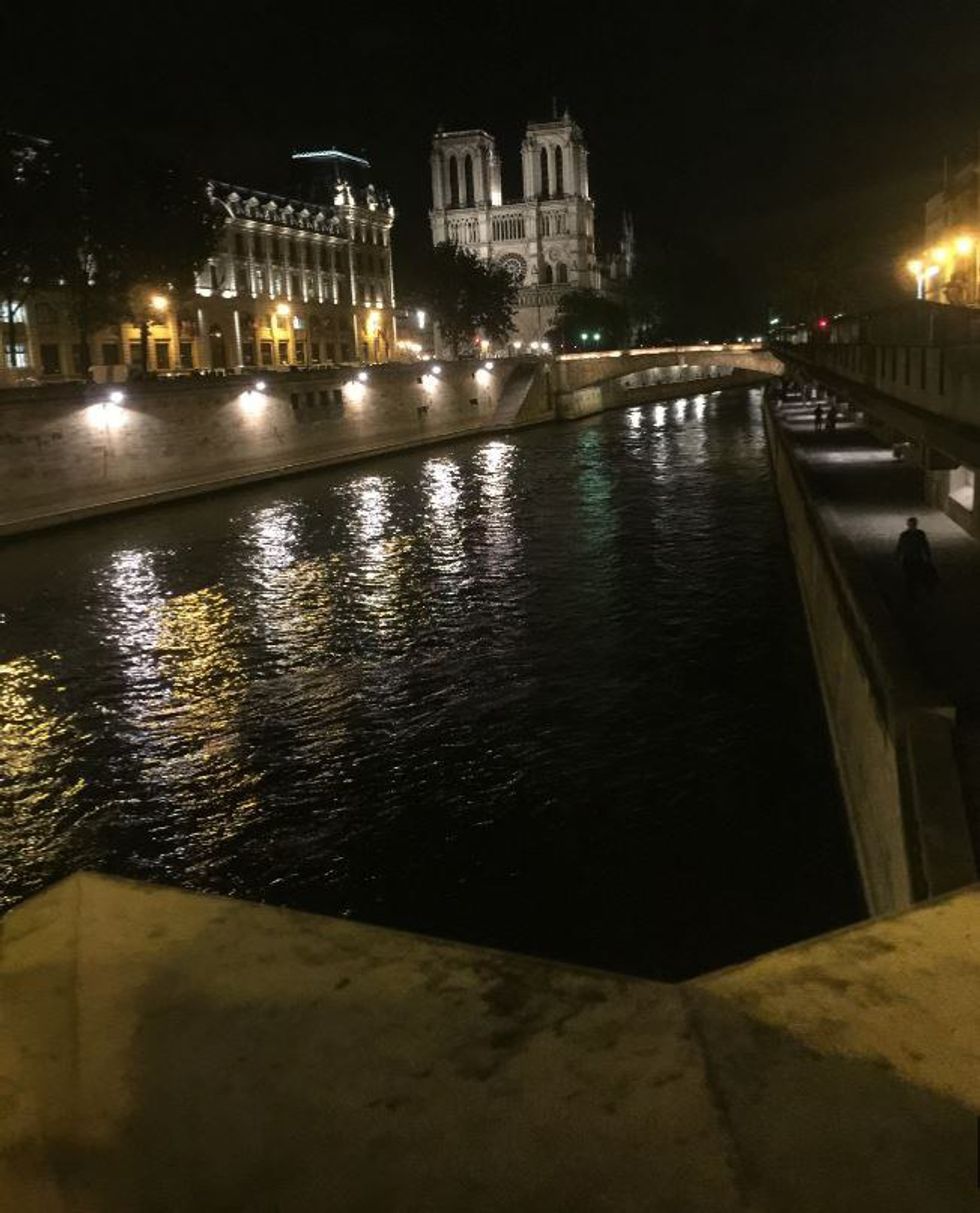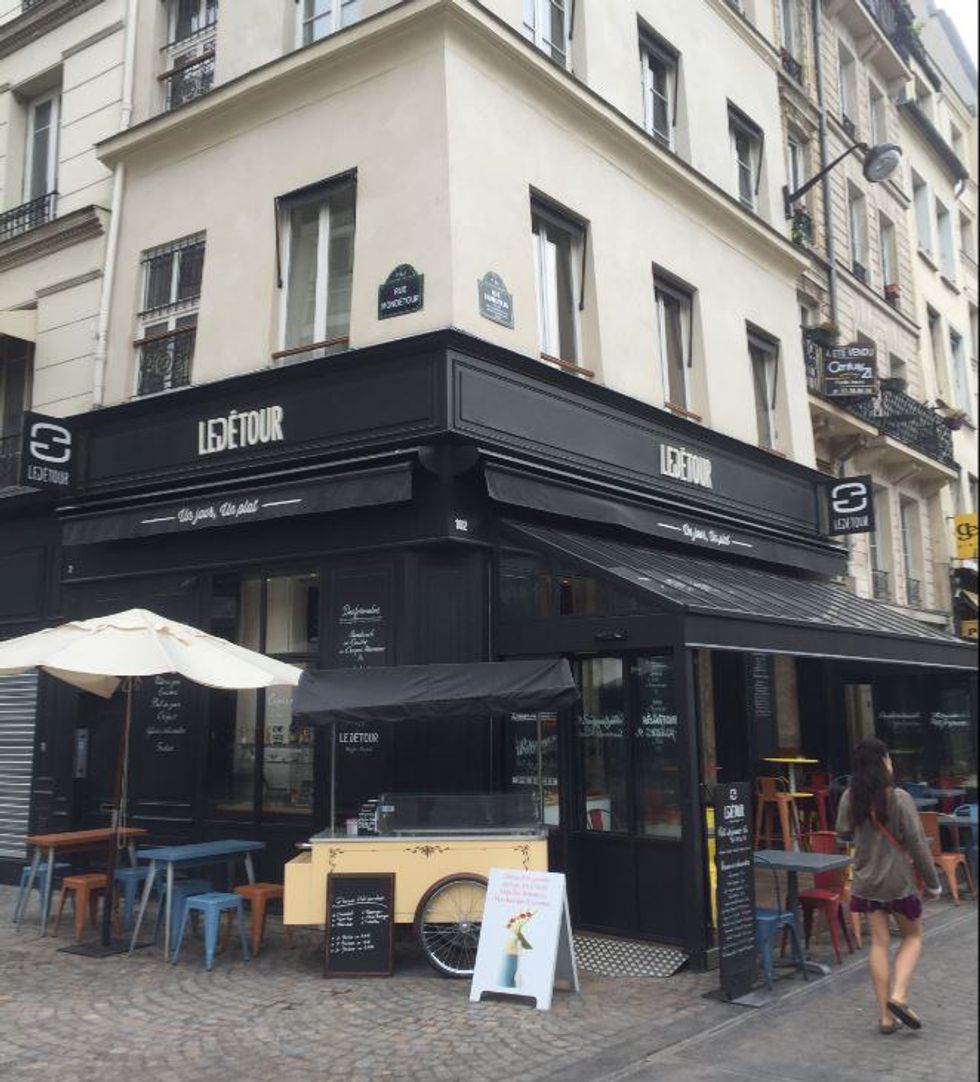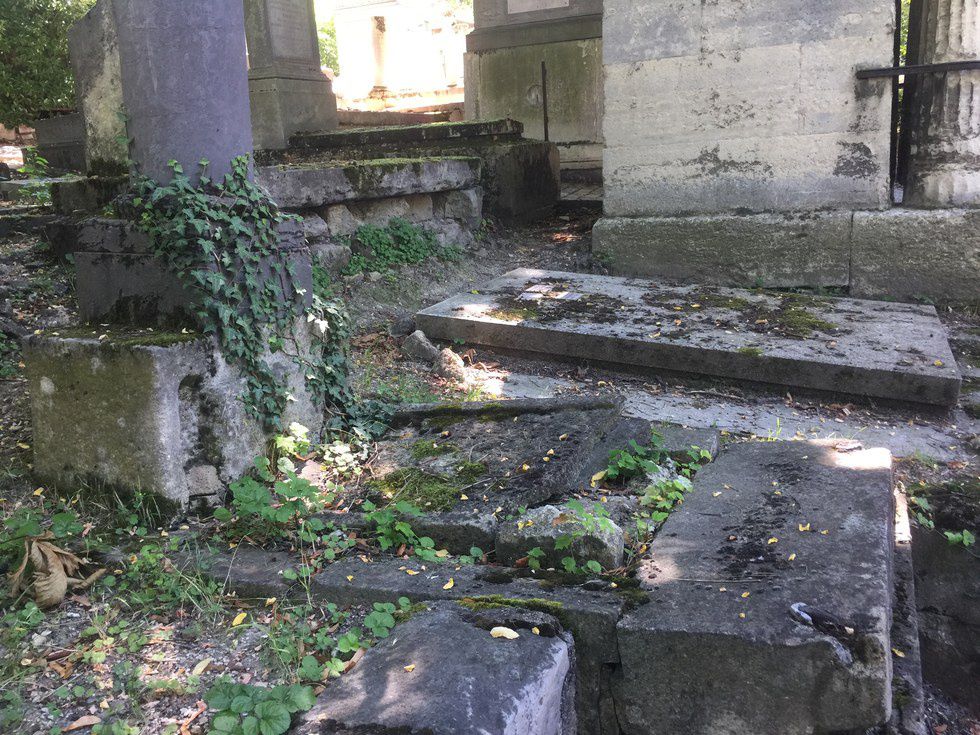Working in France means I got a four-day weekend for Bastille Day*, and I took the opportunity to journey to the heart of the French Revolution. I didn’t get much of a chance to organize my thoughts while in Paris, so I present the following fragments of semi-organized musings.
This is the first in a series of three. I thought I was going to be able to fit it all in one publication…haha, non.
*It’s not actually called that in France – officially it’s “la fête nationale,” or National Festival, and commonly it’s “le quatorze juillet,” or July 14th.
Musing One: Les Mis feels.
No, the revolution at the barricades in Les Misérables isn’t the actual French Revolution of 1789 that Bastille Day celebrates, but the same spirit lingers, and I went out in search of that spirit in the midst of making all the usual tourist stops.
I. The Bridge (Spoiler Alert, I guess?)
In this case, the Pont au Change, or the bridge that is typically thought of as the bridge Javert jumped from to commit suicide. In the books, Javert actually jumped from the riverbank – the Pont au Change was built by Napoleon III a few decades after the setting of Les Mis. The location is about right, however, and I came to this place to peer into the Seine, late my first night in Paris.
Gazing into the dark swirling waters, I felt a chill to imagine what Javert was thinking as he looked into these same waters, wilder then than now, and with no stars reflected to offer either silence or surety. And on one side stands Notre Dame, illuminated for me as it was not for him; on the other, the Palais de Justice, the storied court of law.
II. The Barricade
Intrepid Les Mis fans have, through cross-referencing historical maps with modern maps, pinpointed the location of the barricades to about the intersection of Rue Mondetour with the Rue Rambuteau. The Corinthe, the wine-shop used by the revolutionary students as their headquarters, is now (as far as I can guess) a café called La Detour – which, sadly, I passed by before realizing that, missing the chance to have a hot chocolate in the same place that Grantaire drank his absinthe.
The actual street the barricade spanned, the Rue Chanvrerie, no longer exists: it was swallowed up by Rue Rambuteau during large-scale urban renovations, which involved widening a lot of the cramped streets of Paris – partly to prevent the building of Les Mis-style barricades.
It felt a bit discordant and empty to look down an avenue, populated by modern shops and construction, still fairly deserted on a Friday morning. How much invisible blood is buried beneath the concrete pavement? Centuries ago, history happened here…
III. The Burial Ground
I actually had no idea that this particular visit had anything concrete to do with Les Mis until I started writing this section and wanted to quote something from the last chapter. There is a cemetery on the outskirts of the city called Pere-Lachaise, and many notable figures are buried there. My friends took me to visit it on my last day in Paris, in search of the famous tombs of Oscar Wilde and Chopin.
It turns out that Jean Valjean is buried there too.
Or at least, Victor Hugo has Marius and Cosette bury him there after his death, in a tomb that is “perfectly plain” and upon which “no name is to be read,” in accordance with Valjean’s dying wishes.
Despite not realizing this, many of the graves did indeed remind me of Valjean’s tomb as Hugo describes it:
“That stone is [not] exempt…from the leprosy of time, of dampness, of the lichens and from the defilement of the birds. The water turns it green, the air blackens it.”
This could describe many a grave in Pere-Lachaise, which is now as much a park and tourist attraction as it is a cemetery. It is a city onto itself, and as in any city, there are monuments and skyscrapers as well as the common cobblestone. For every grandly carved marble mausoleum, there is a gray stone slab, pockmarked by age, upon which only the faintest traces of a name or an epitaph can be observed.
In a final stroke of literary genius, Hugo gave Jean Valjean anonymity in death – and in doing so, made him immortal and ubiquitous through the lives and deaths of others.











 The minimum wage is not a living wage.
StableDiffusion
The minimum wage is not a living wage.
StableDiffusion
 influential nations
StableDiffusion
influential nations
StableDiffusion











